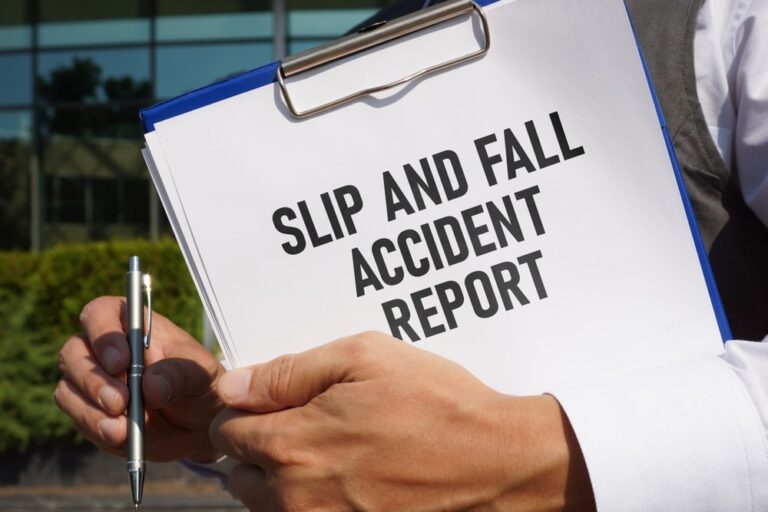Key Takeaways:
- Pain and suffering refers to physical and emotional distress caused by an injury.
- The multiplier method multiplies actual damages by a factor reflecting injury severity, recovery time, and life impact.
- The per diem method assigns a daily dollar amount for each day the victim suffers until recovery.
- Proving pain and suffering requires medical records, expert testimony, personal journals, and witness statements.
- State laws vary; Wisconsin generally has no cap on non-economic damages, while catastrophic injuries often result in higher awards due to long-term impact.
Compensation for pain and suffering is calculated in a few ways.
Multiplier Method: One method is the “multiplier” method. This method multiplies actual damages by a number that shows how severe the injury is.
Per Diem Method: Another way of calculating pain and suffering is the “per diem” method. This method gives a daily dollar amount for the suffering experienced.
Pain and Suffering in Personal Injury Cases: Calculation Methods Explained
In personal injury cases, “pain and suffering” refers to the physical and emotional distress resulting from an injury. Calculating compensation for these non-economic damages is complex. It involves measuring personal experiences in a way that makes sense in terms of numbers. This is where the two methods come into play.
1. Multiplier Method
This approach involves adding up all actual economic damages (such as medical bills and lost wages) and multiplying the total by a number typically between 1.5 and 5. The multiplier reflects the severity and long-term impact of the injury.
Factors Influencing the Multiplier:
- Severity of Injury: More severe injuries generally warrant a higher multiplier.
- Recovery Duration: Longer recovery times can increase the multiplier.
- Impact on Daily Life: Significant disruptions to daily activities may justify a higher multiplier.
Example: If an individual incurs $10,000 in medical expenses and lost wages, and a multiplier of 3 is deemed appropriate, the pain and suffering damages would be $30,000.
2. Per Diem Method
This method gives a set amount of money for each day a person suffers from their injury until they fully recover.
Determining the Daily Rate: The daily amount can be based on how much the person usually earns or another fair amount that fits their situation.
Example: If the daily rate is $200 and the person suffers for 100 days, their pain and suffering compensation could be $20,000.
Considerations in Calculating Pain and Suffering
- Difficult to Measure: Putting a dollar amount on pain and suffering is hard because it depends on personal experiences.
- Judge and Jury Decisions: In a trial, the judge or jury decides how much compensation is fair based on the evidence.
- State Laws: Some states have limits on how much money a person can get for pain and suffering.
Insurance Company Considerations
When dealing with insurance claims, companies often use software like Colossus. Such software evaluates factors like medical expenses and injury severity to estimate pain and suffering payouts.
Insurance adjusters may try to reduce these damages. This is especially true in car accident cases where blame is unclear.
Proving Pain and Suffering

Since pain and suffering damages are subjective, proving them requires strong evidence:
- Medical Records: Documenting physical injuries, treatments, and ongoing medical care.
- Expert Testimony: Medical professionals can testify about the severity of injuries and long-term impact.
- Personal Journals: Plaintiffs may keep journals detailing their daily pain levels and emotional distress.
- Witness Statements: Family, friends, and co-workers can attest to changes in the victim’s quality of life.
Challenges in Proving Pain and Suffering
Proving pain and suffering can be hard. This is because interpretations are personal and do not have clear proof, like medical bills. Plaintiffs must demonstrate the extent of their emotional distress, chronic pain, or long-term suffering through compelling documentation.
Medical records, expert testimony, and psychological evaluations can help establish the severity of the injury. Personal journals detailing daily struggles, as well as witness statements from family and friends, can further support claims.
Strong legal arguments and thorough evidence collection are crucial in persuading insurance adjusters, judges, or juries to recognize the true impact of pain and suffering.
Pain and Suffering Laws: Wisconsin vs. Other States
Pain and suffering compensation varies by state, with some jurisdictions imposing limits on non-economic damages.
In Wisconsin, personal injury cases generally have no cap on pain and suffering, except for medical malpractice claims. In those claims, the cap for non-economic damages is $750,000.
By contrast, California limits non-economic damages in medical malpractice cases to $350,000.
Some states, like Washington, have no statutory limits on pain and suffering awards at all.
These variations highlight the importance of understanding state-specific laws when seeking compensation, as they can significantly impact settlement negotiations and trial outcomes.
Pain and Suffering in Catastrophic Injuries
Catastrophic injuries—such as permanent disabilities, severe disfigurement, or PTSD—often lead to higher pain and suffering awards. These injuries have long-term effects that impact a person’s daily life, mental health, and ability to work.
When determining compensation, courts and insurance companies consider factors like:
- Ongoing medical treatment
- Emotional trauma
- Loss of enjoyment of life
For example, a person with a spinal cord injury from a car accident may require lifelong care. And someone with PTSD from another traumatic event might struggle with anxiety and depression for years.
Because these conditions cause lasting hardship, victims often receive higher settlements or court awards to account for their suffering. Proving the full impact of a catastrophic injury requires: medical records, expert testimony, and statements from family and friends. These statements typically discuss how the injury has changed the victim’s life.
Keep in Mind...
Calculating pain and suffering damages involves a blend of established methods and subjective judgment. The multiplier and per diem methods provide frameworks, but individual circumstances and jurisdictional nuances play significant roles in determining the final compensation.




